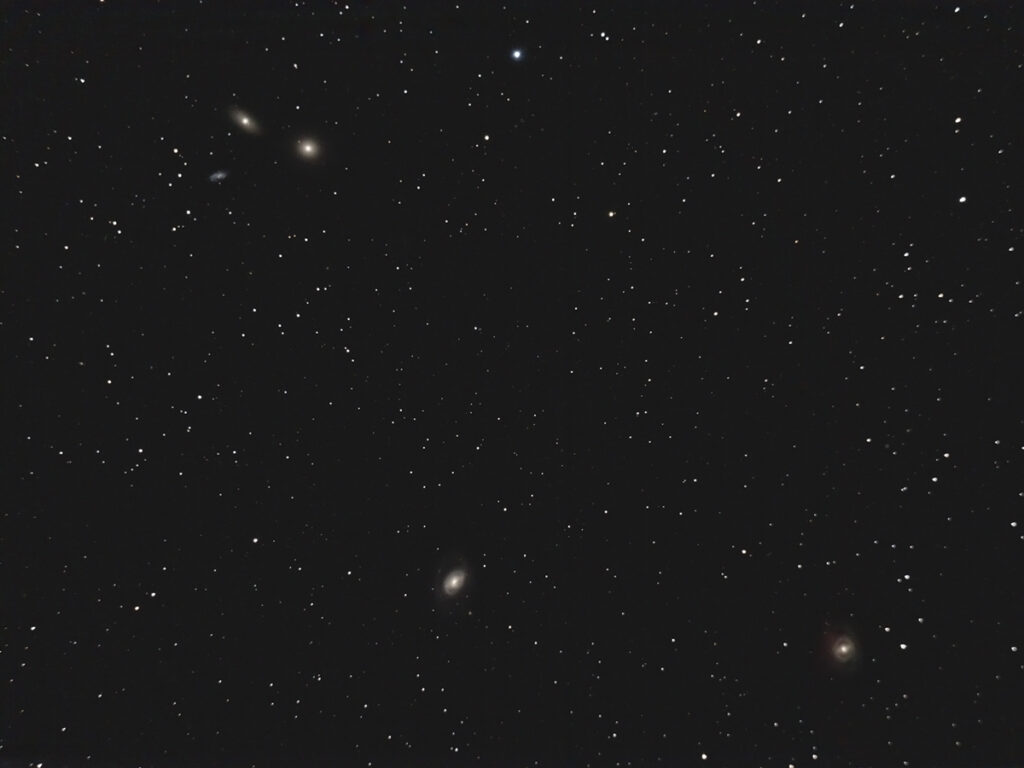
Telescope: Meade SN10 at f/4, Orion Atlas EQ-G
Camera: Full Spectrum Modified Nikon D810
Filter: GSO IR Blocking Filter
Guide scope: Williams Optics 50mm, ASI290MM mini, PHD
Exposure: 115x20sec, ISO 200, saved as RAW
Darks: None (dithered every 4 images)
Flats: 32×1/50sec, tee shirt flats taken at dusk
Average Light Pollution: Red zone, poor transparency
Lensed Sky Quality Meter: 18.3 mag/arc-sec^2
Stacking: Mean with a 1-sigma clip.
White Balance: Nebulosity Automatic
Software: Backyard Nikon, Nebulosity, Deep Sky Stacker, Photoshop
In the upper left corner of this field is M105 with NGC 3371 and 3371. M96 is at the bottom center and to the right is M95. M95 shows a fascinating variety of detail including a core that shows a compact ring of star formation surrounding the core and the golden bar connecting the core to the nearly circular, tightly wound inner spiral while M96 shows a sweeping outer veil.
M95, 96, and 105 Galaxy Group is currently well placed high in the south as twilight deepens.
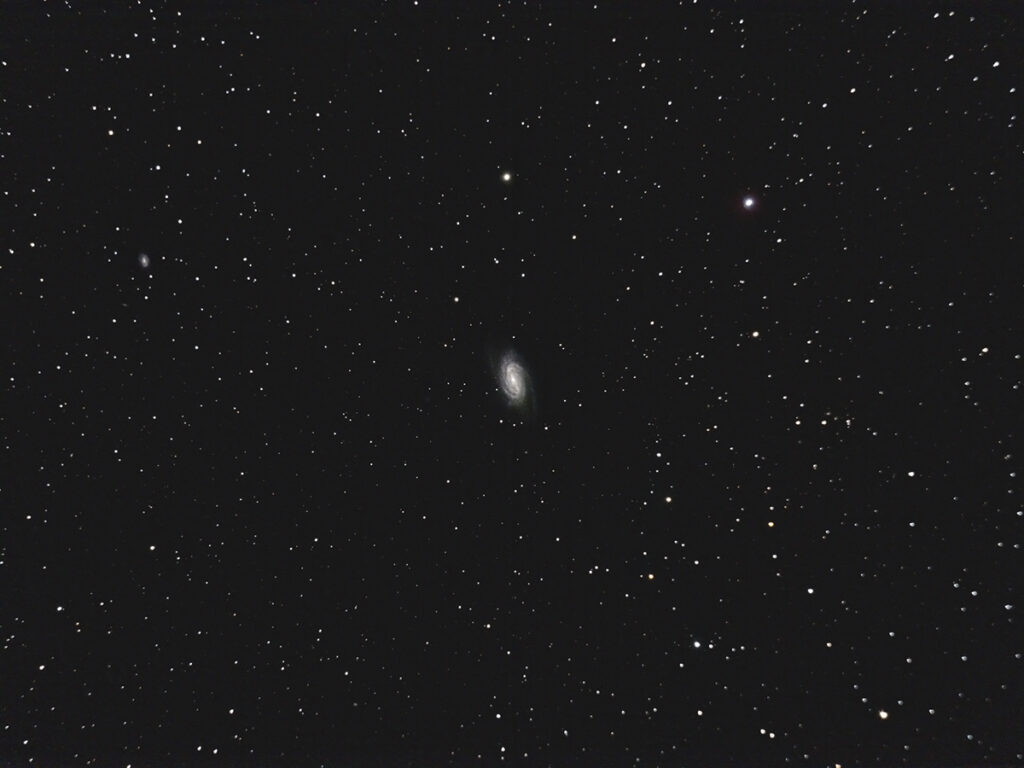
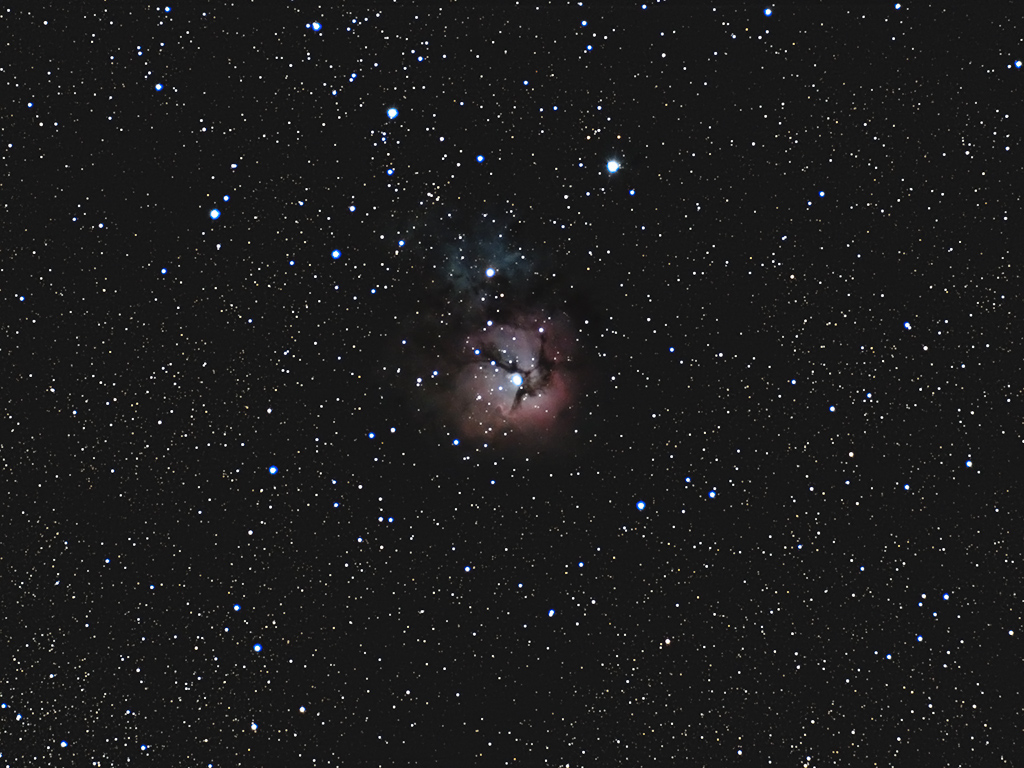
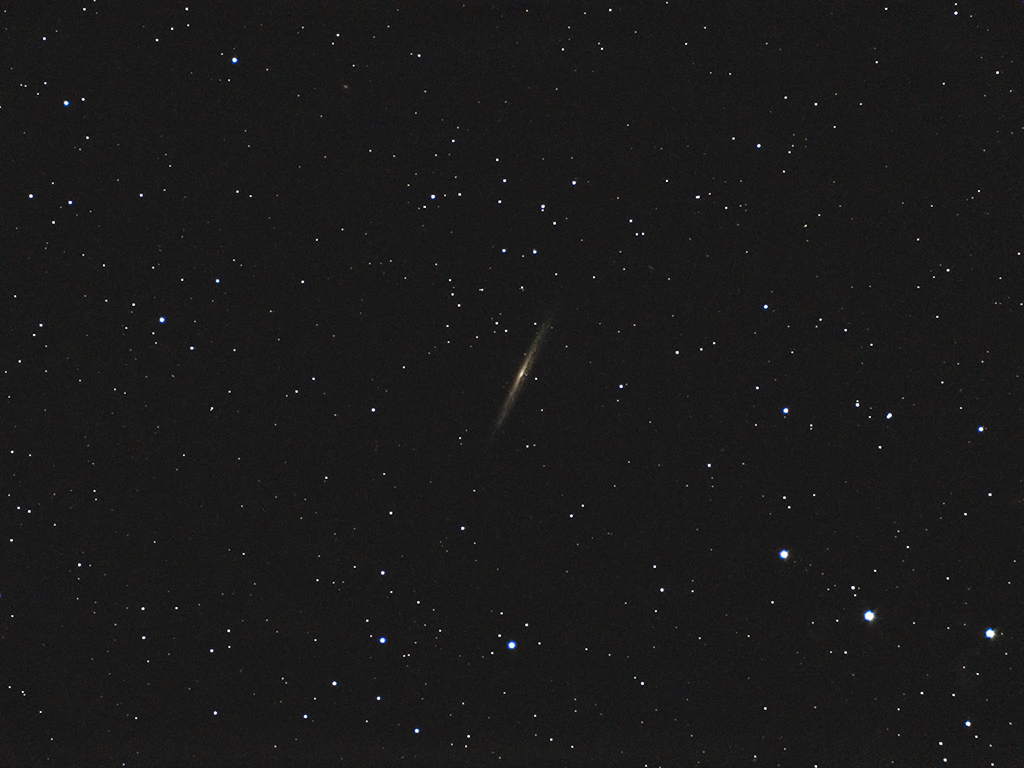
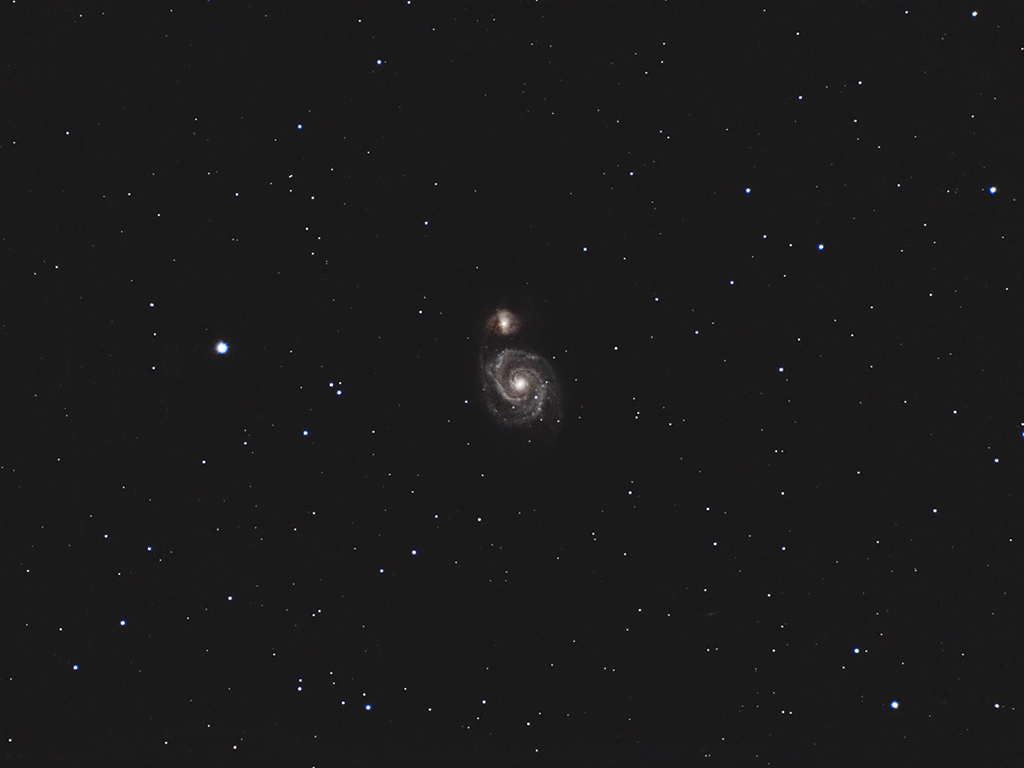
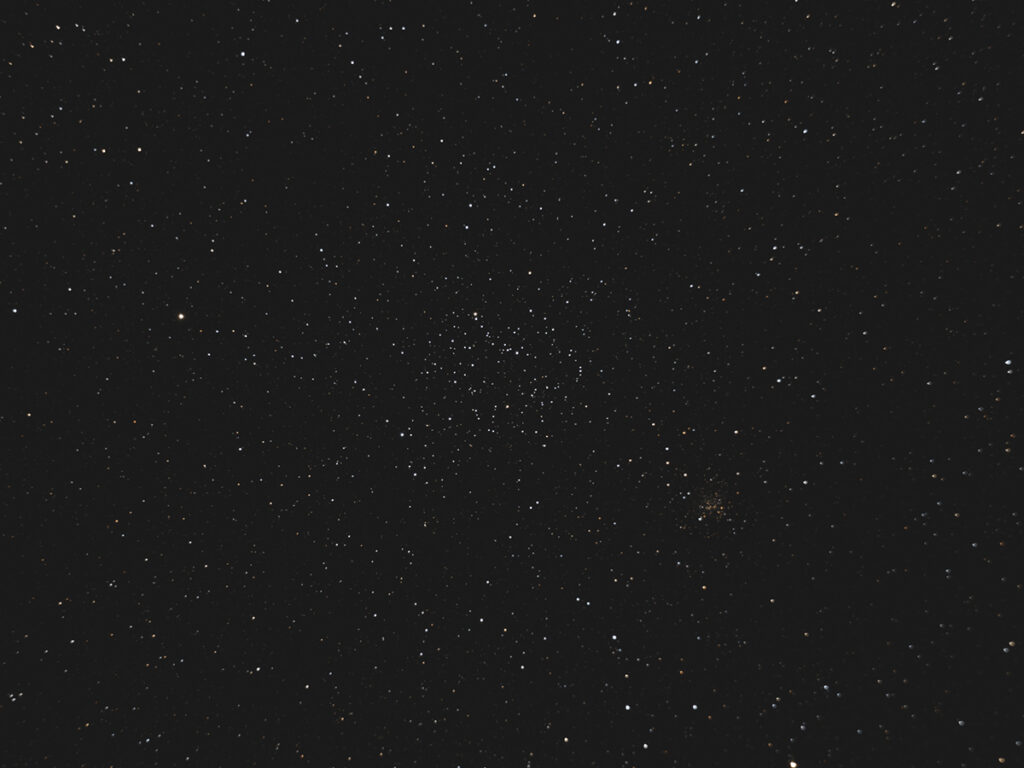
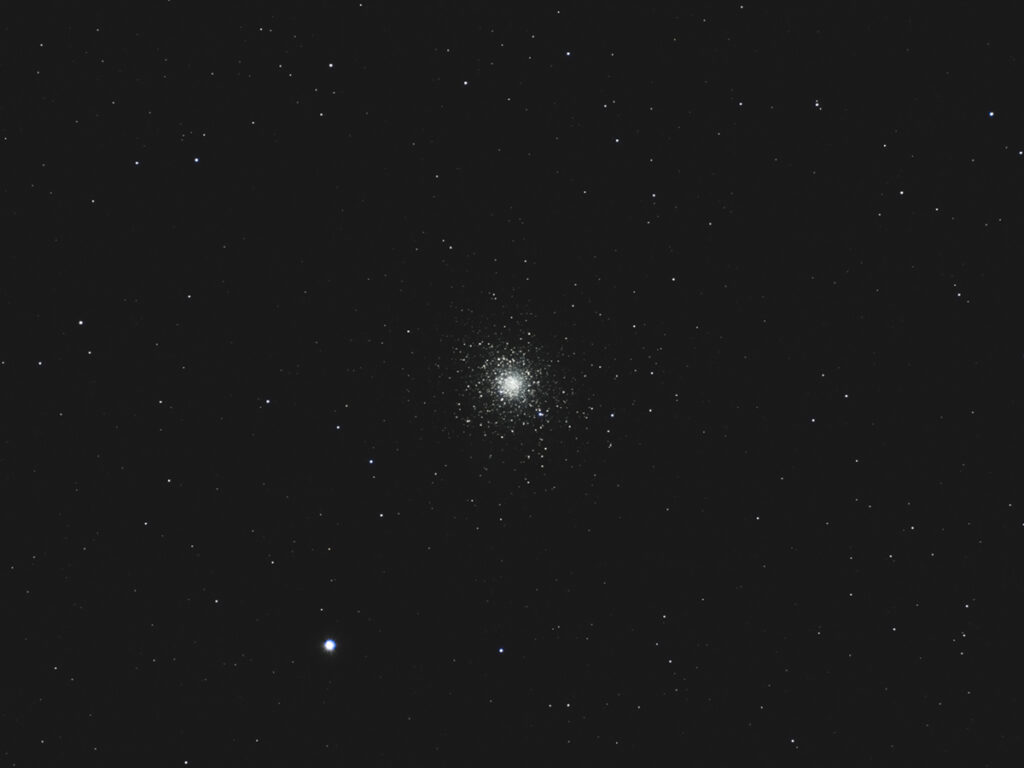
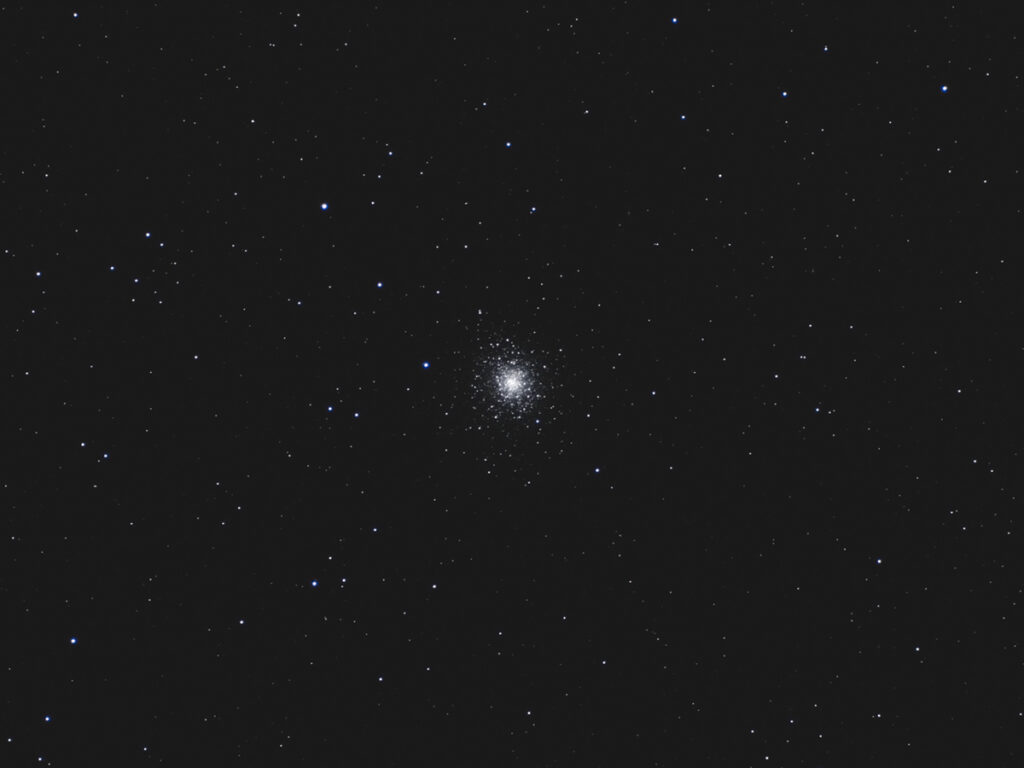
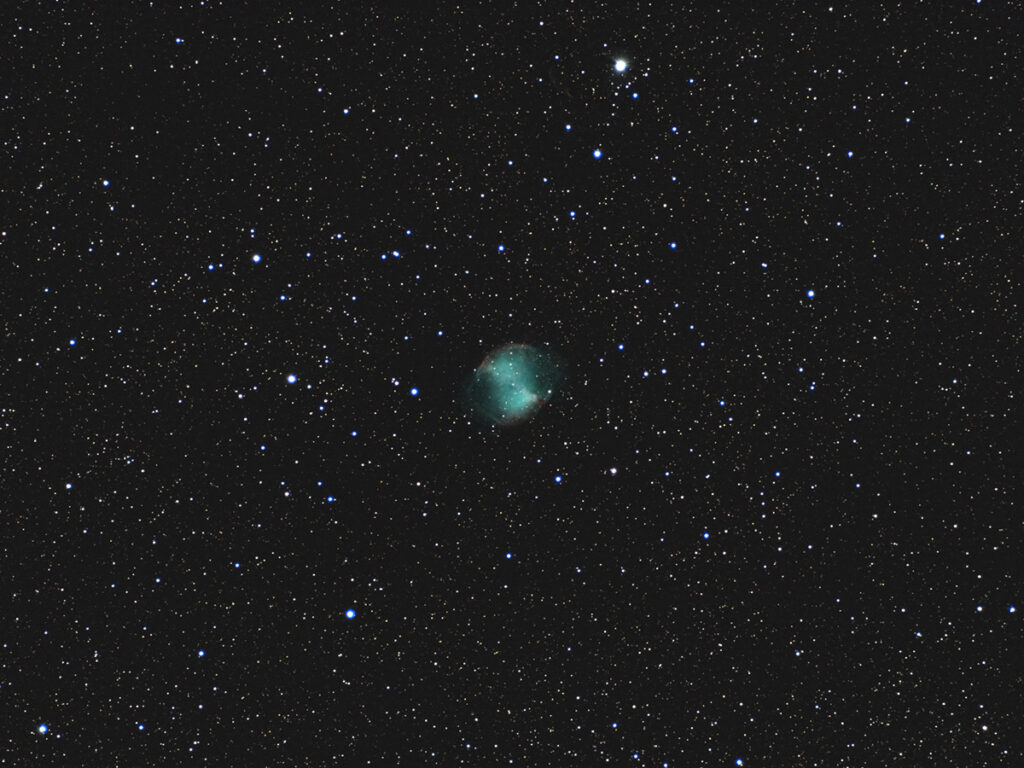
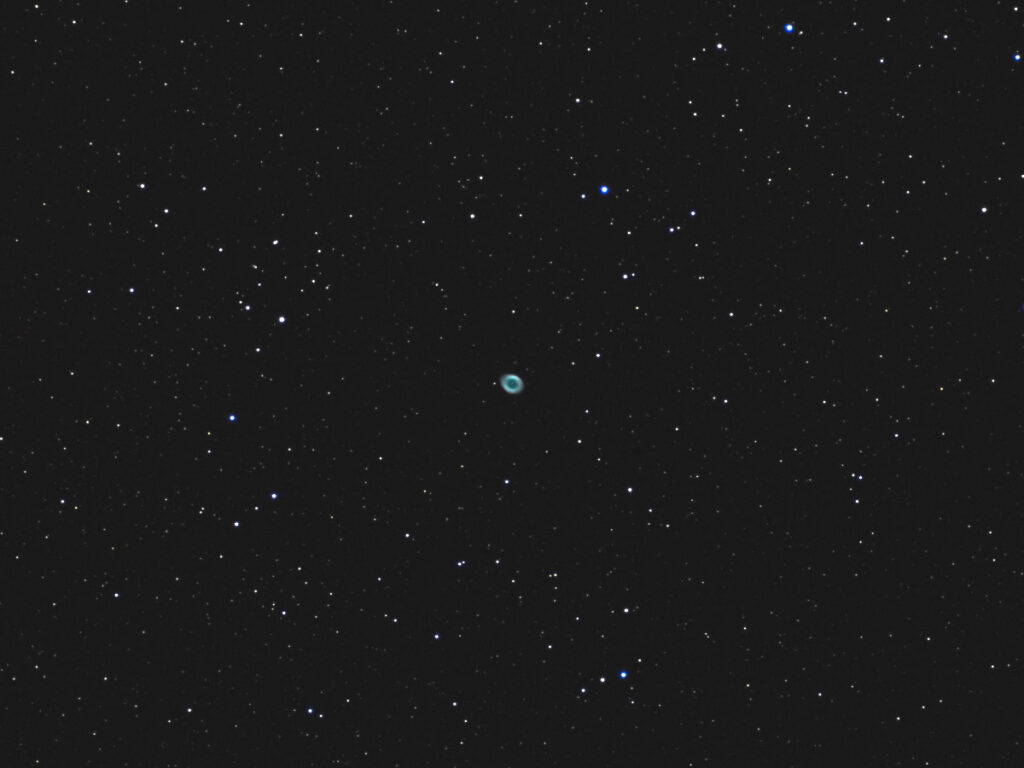
Recent Comments